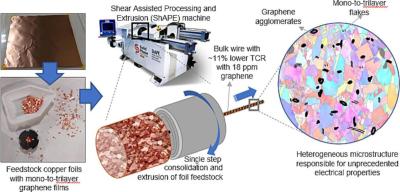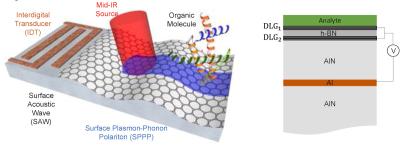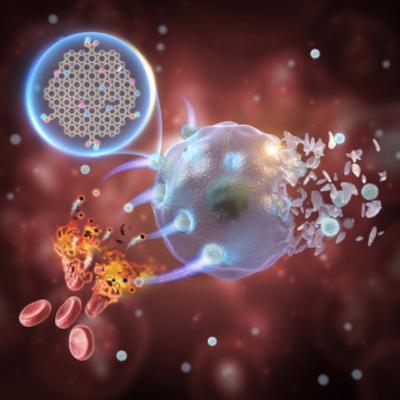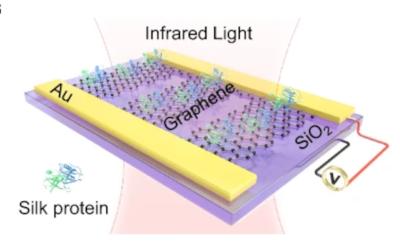Researchers design artificial neuron based on graphene and water
Researchers from Germany's Max Planck Institute for Polymer Research and China's Southeast University have reported a graphene-based aqueous memristive device with long-term and tunable memory, regulated by reversible voltage-induced interfacial acid-base equilibria enabled by selective proton permeation through the graphene.
Memristive devices, electrical elements whose resistance depends on the history of applied electrical signals, are leading candidates for future data storage and neuromorphic computing. Memristive devices typically rely on solid-state technology, while aqueous memristive devices are crucial for biology-related applications such as next-generation brain-machine interfaces. Recently, nanofluidic devices have been reported in which solvated ion transport exhibits memristive behavior. The challenge associated with these approaches is the complexity of the device fabrication. Realizing memristive behavior in a simple system is highly desirable.



